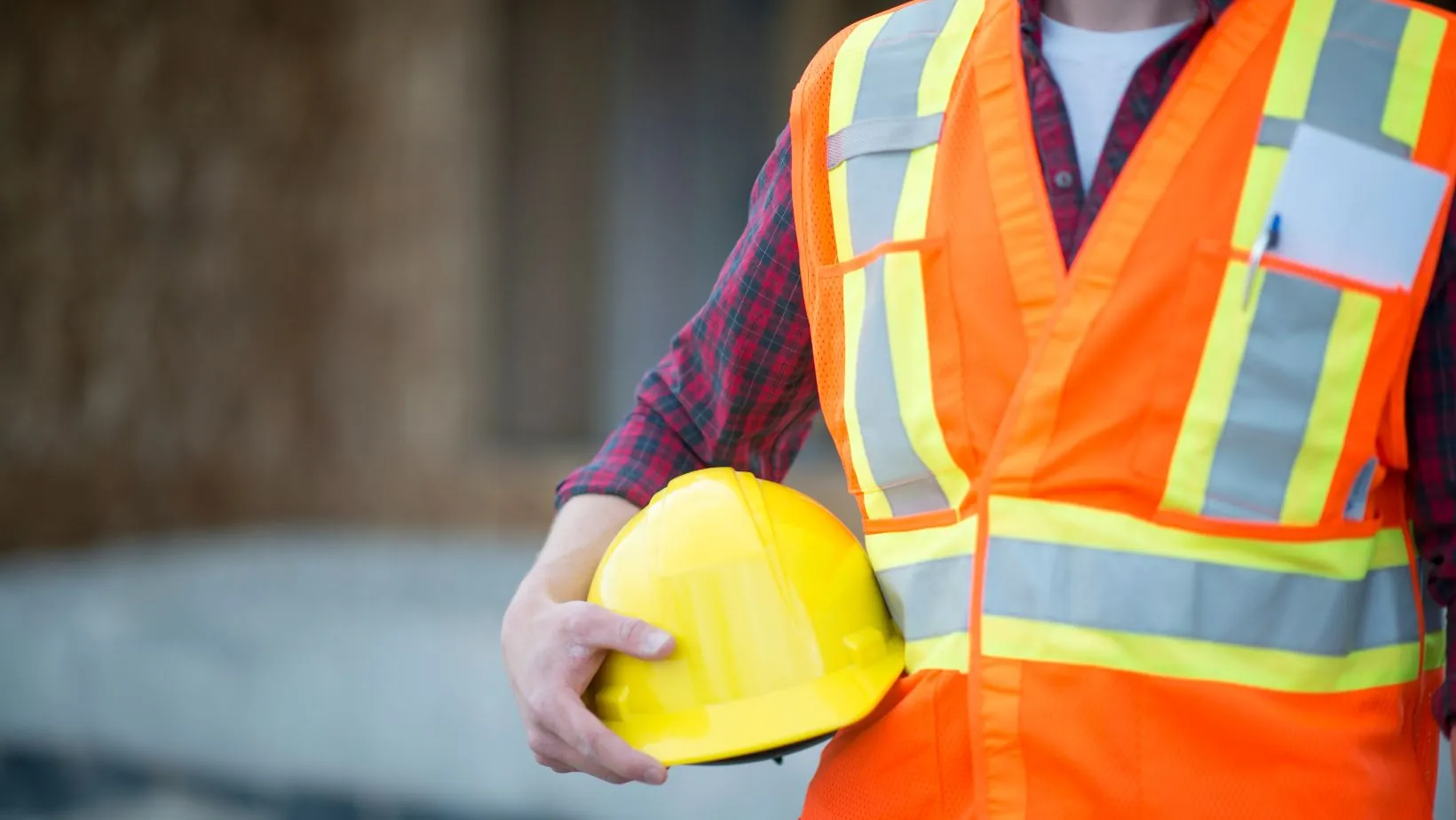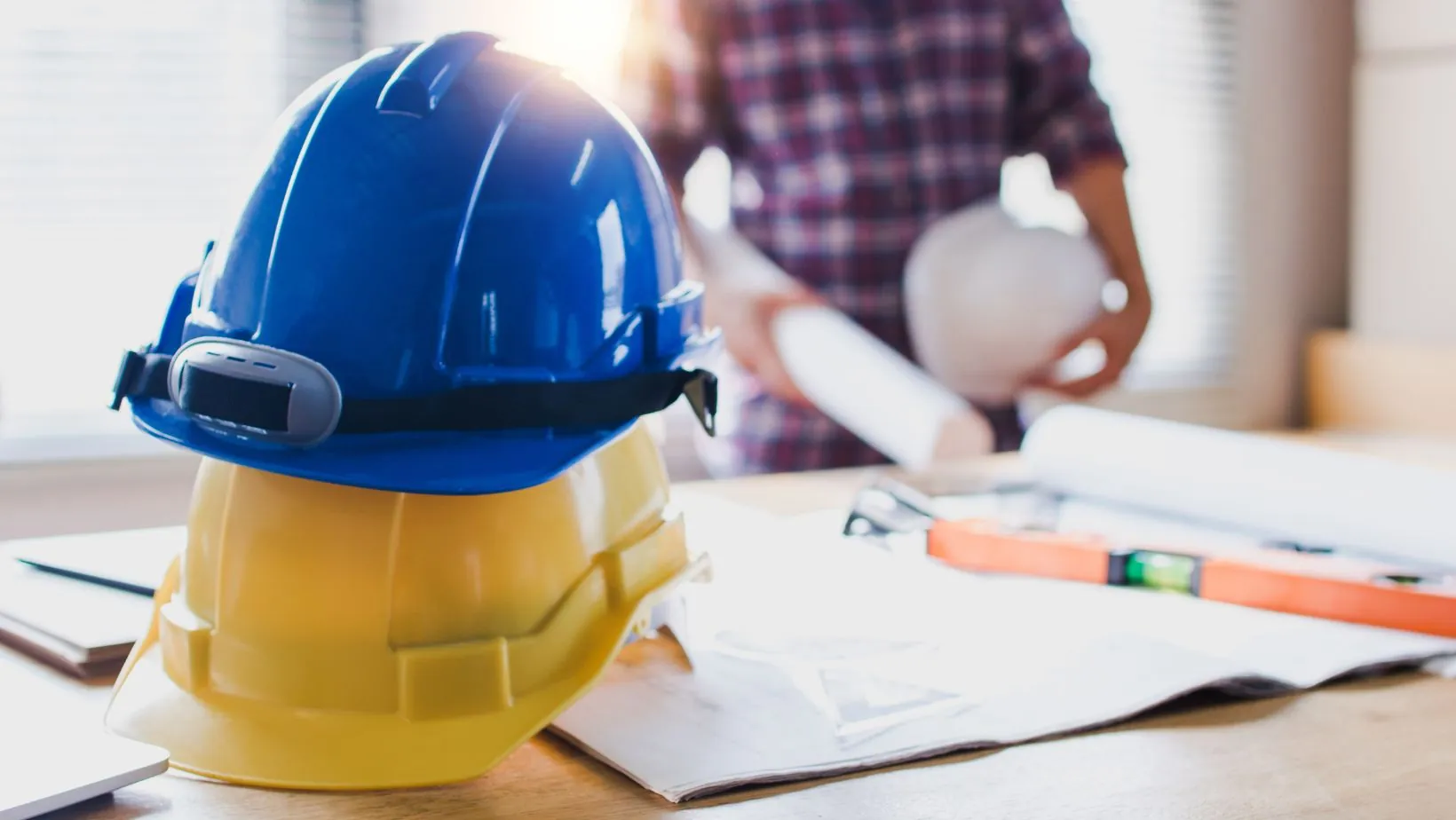When we talk about safety at home or in the workplace, most people think about what’s visible—locks on doors, smoke detectors, security cameras, or alarm systems. These are all important, but many of the most critical safety measures are invisible. They’re the systems that work silently behind the scenes, powering your space, preventing hazards, and keeping daily life running smoothly.
If you’ve ever flipped a switch and expected the lights to work, opened your laptop and counted on Wi-Fi, or trusted that your food would stay cold during a storm—you’re relying on the infrastructure you don’t see. And when those systems fail, the consequences can be costly or even dangerous.
Here’s why investing in behind-the-scenes safety isn’t just smart—it’s essential.
The Electrical System: Your Safety Backbone
Your electrical system is one of the most important components of your home or business, yet it’s rarely given a second thought—until something goes wrong. Outdated panels, aging wiring, overloaded circuits, and poor installation aren’t always obvious. But they are serious hazards.
According to the National Fire Protection Association, electrical failures are among the leading causes of structure fires in both residential and commercial settings. Many of these incidents are preventable with proper design, installation, and routine inspections.
Working with experienced professionals—like the Garber Electric team—means your electrical infrastructure is built for both performance and protection. Whether you’re upgrading an old system or planning new construction, expert guidance ensures you’re compliant with current codes, ready for future growth, and protected against unexpected issues.
Lighting That Keeps You Safe
Lighting is often treated as a design decision—but it’s also a vital part of any safety strategy. Poor lighting creates trip hazards, reduces visibility in critical areas, and can even attract unwanted attention to your property.

Well-planned lighting design can:
- Illuminate entryways and pathways to prevent falls
- Deter intruders with motion-activated floodlights
- Support emergency exits and evacuation plans
- Improve productivity and focus in workspaces
- Create safer conditions for employees or customers during early or late hours
Integrating smart lighting systems allows you to automate schedules, dim lights to conserve energy, and remotely manage security features. These small changes go a long way toward creating safer environments, especially when installed correctly by licensed professionals.
Backup Power: Your Lifeline During Outages
Power outages happen—whether from storms, grid failures, or unforeseen accidents. But what happens next is up to you.
For homes, a loss of power can affect heating and cooling, medical devices, refrigerated food, internet access, and even security systems. For businesses, the stakes are often higher: interrupted service, lost data, damaged equipment, and revenue loss.
A backup generator isn’t just a convenience—it’s a vital part of everyday safety planning. It ensures continuity in times of disruption and protects against costly downtime. Backup systems can be fully automatic, turning on within seconds of an outage—so you’re never left in the dark.
Fire and Shock Prevention: What You Can’t See Can Hurt You
Electrical issues like arcing, short circuits, and grounding failures don’t always show obvious signs. But they can pose serious threats to both people and property.
Preventative measures such as arc-fault circuit interrupters (AFCIs), ground-fault circuit interrupters (GFCIs), and whole-home surge protection devices reduce these risks dramatically. When installed and maintained properly, these systems monitor and interrupt unsafe electrical behavior before it becomes a problem.
It’s not about flashy technology—it’s about peace of mind, knowing your home or workplace is protected from the inside out.
Ongoing Maintenance = Long-Term Safety
Even the best systems need maintenance. Dust buildup in electrical panels, deteriorated wiring, overloaded circuits, or outdated hardware can all lead to preventable failures over time.

Whether it’s seasonal inspections, thermal imaging of panels, or simply updating old equipment, maintenance is your front line of defense against system failures.
Final Thought: Invisible Doesn’t Mean Unimportant
It’s easy to focus on the visible parts of your space—furniture, fixtures, layouts—but the systems hidden behind walls and under floors play an equally important role in your comfort, convenience, and safety.
Everyday safety truly starts with what you don’t see: safe wiring, efficient lighting, backup power, and systems that quietly prevent problems before they begin.
When you invest in the right infrastructure now, you’re not just improving your space—you’re protecting the people in it.



